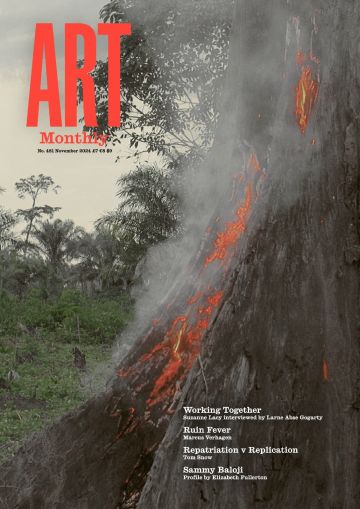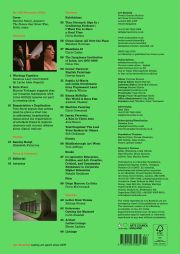Art Monthly 481
November 2024
Suzanne Lacy
Interviewed by Larne Abse Gogarty
Ruin Fever
Marcus Verhagen
Repatriation v Replication
Tom Snow
Sammy Baloji
Profile by Elizabeth Fullerton
Buy Now – select:
Want to read this right now?
Get instant access to the entire back catalogue via Exact Editions from only £8.99!
Contents
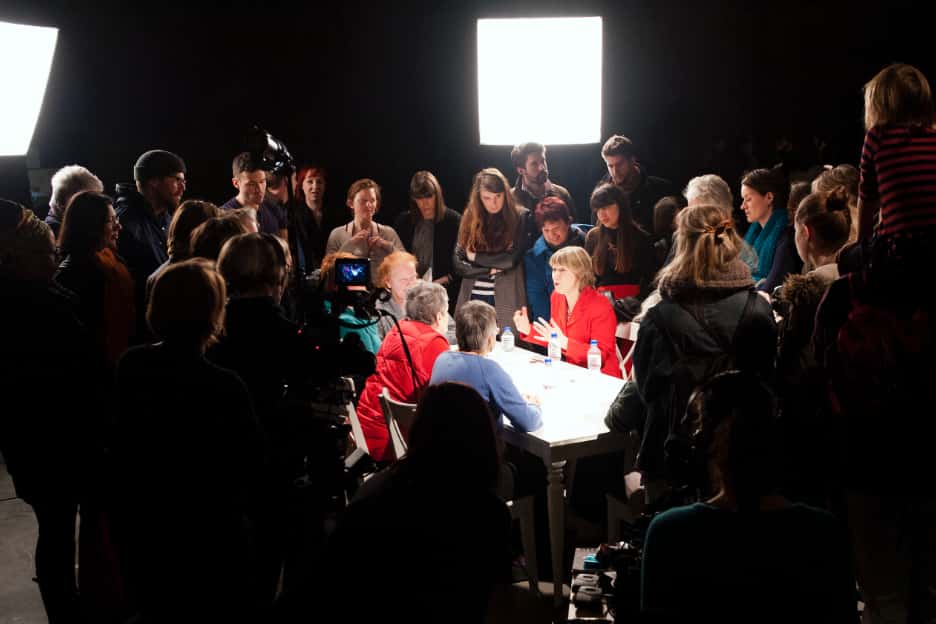
Suzanne Lacy, Silver Action, 2013
Interview
Working Together
Suzanne Lacy interviewed by Larne Abse Gogarty
As somebody who has worked between activism and art and community organising for years, I know this particular participatory work, in art and research, is more than a symbolic one.
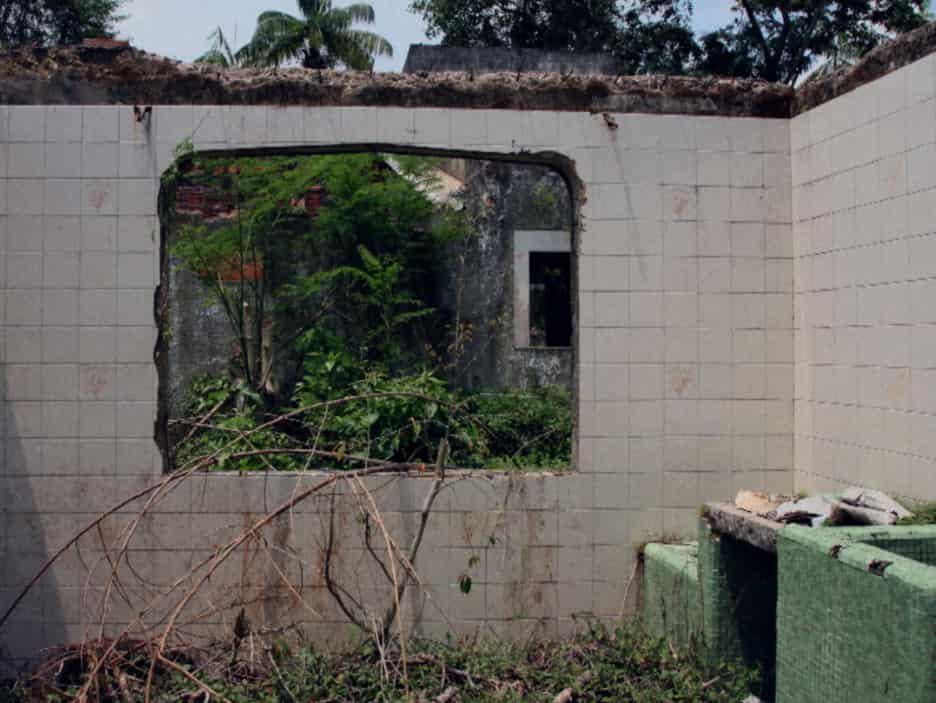
Laura Huertas Millán, The Labyrinth, 2018
Feature
Ruin Fever
Marcus Verhagen suggests that our romantic fascination with ruins wilfully ignores our part in creating them
In the elegiac tradition, the ruin exists in time but not in history – that is its chief attraction. Dora Apel is right to see this approach as, at root, consolatory. For the ruin to serve a more radical agenda, it has to retain echoes of willed destruction.
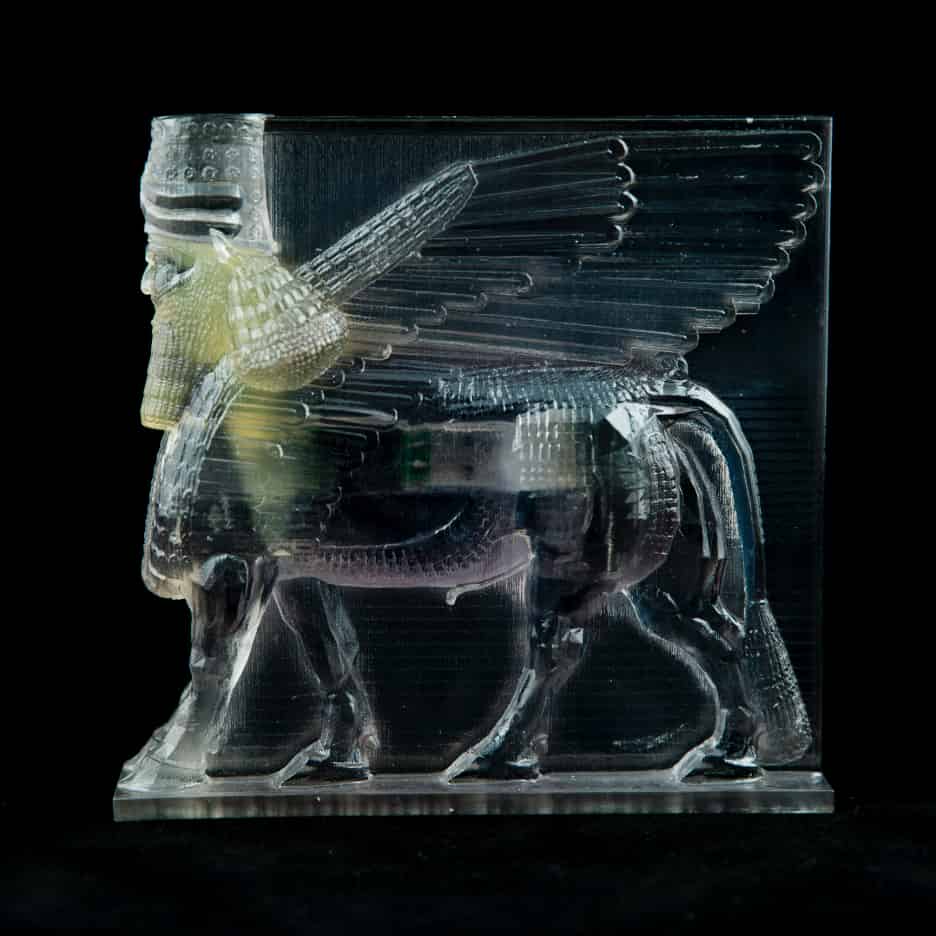
Morehshin Allahyari, Lamassu, 2015–16
Feature
Repatriation v Duplication
Tom Snow argues that artists must be given a vital role in addressing longstanding issues about the repatriation of artefacts found in western museums and current debates about digital replicas
How might a more creative use of digital technologies critically resituate or intervene in conservative museum aesthetics, and productively renew the role of cultural institutions in representing so-called world history?
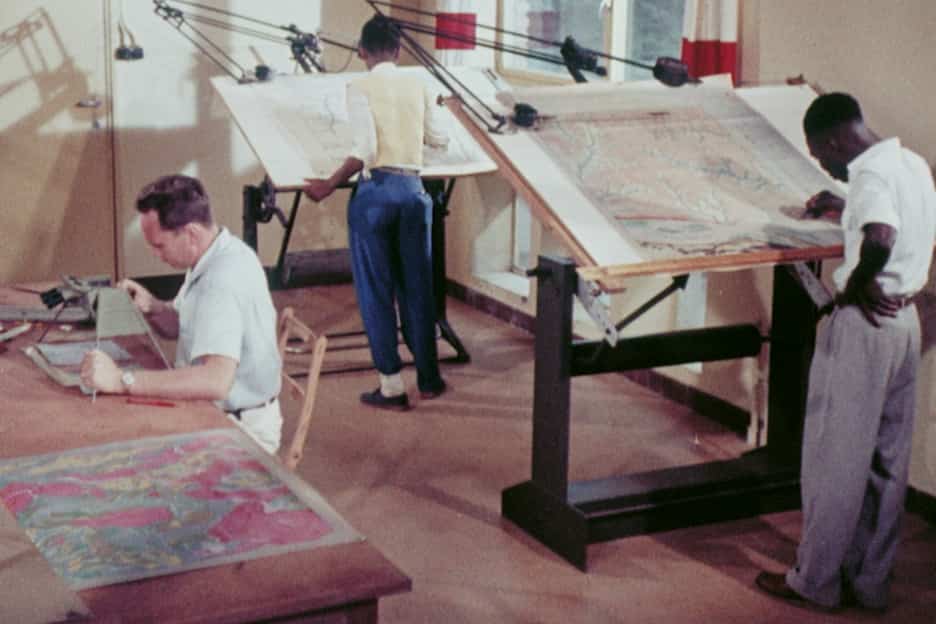
Sammy Baloji, Aequare: The Future that Never Was, 2023
Profile
Sammy Baloji
Elizabeth Fullerton
Struggling with the vexed history of photography, a medium so bound up in the (mis)representation of Africa’s inhabitants, Sammy Baloji has increasingly moved into sculpture, installation and film as a way of forging a visual language capable of reframing histories and generating new perspectives.
Editorial
What on Earth?
Ruins continue to be romanticised, not least in TV shows such as ‘Abandoned Engineering’, yet the entertainment industry’s ahistorical approach is a diversion that distracts audiences from the present-day ecological disasters that such earth-shattering engineering and extraction continue to wreak on our failing biosphere.
During the Cold War era, the demand for uranium increased exponentially, with dire consequences for the miners at DRC’s Shinkolobwe mine – ‘Shinkolobwe’ is named after a kind of boiled apple that leaves a burn on the skin if squeezed.
Artnotes
Just Stop in Jail
Peaceful climate protesters are punitively jailed for faux art attacks; further attacks are carried out in defiance; museum directors call for an end to the targeting of cultural artefacts; the National Gallery implements visitor restrictions in response to activist stunts; artists protest against the West’s arms trade with Israel during the war on Gaza; a Rasheed Araeen river performance is cancelled because of sewage discharges; museum artworks are mistaken for rubbish and binned; Scottish arts organisations warn of dire consequences as funding decisions are delayed; art-authentication charity IFAR closes down; plus the latest on galleries, people, awards and more.
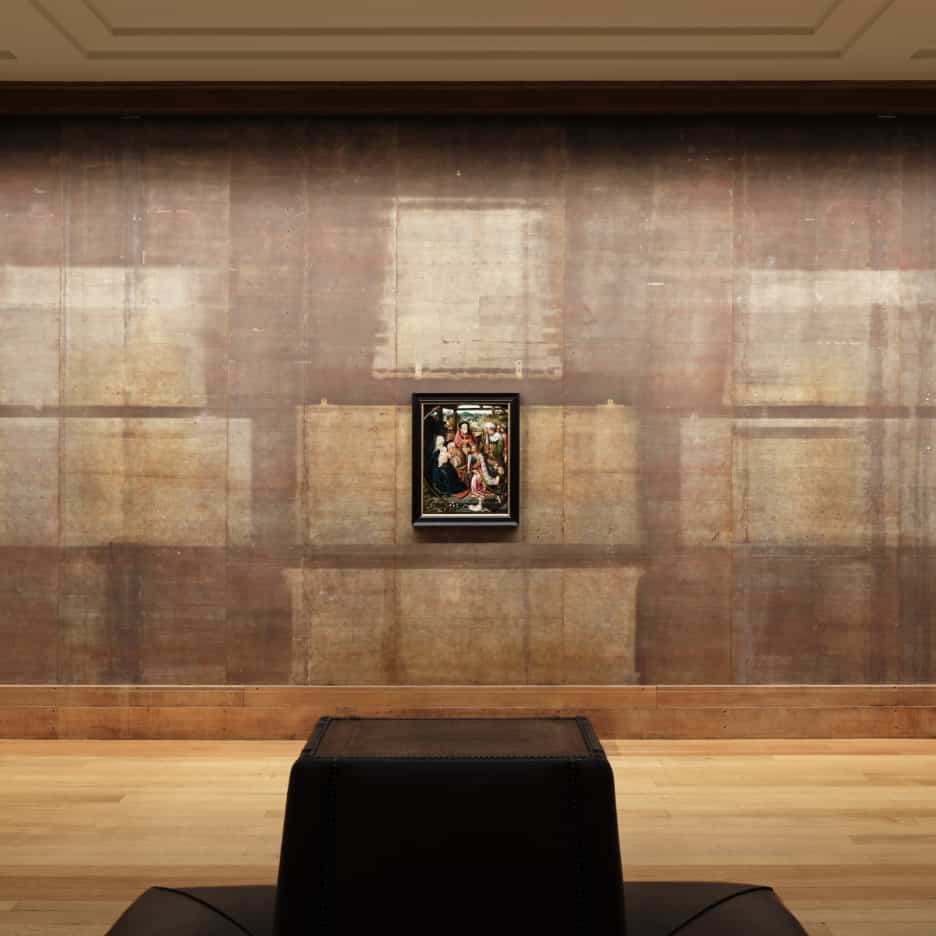
Glenn Ligon, ‘All Over the Place’, Fitzwilliam Museum, Cambridge
Exhibitions
Tina Girouard: Sign In | Conflicting Evidence | I Want You to Have a Good Time
CARA | Magenta Plains | Anat Ebgi, New York
Chris Murtha
Glenn Ligon: All Over the Place
Fitzwilliam Museum, Cambridge
Matthew Bowman
Manifesta 15
various venues, Barcelona Metropolitan Area
Chris Clarke
The Imaginary Institution of India: Art 1975–1998
Barbican Art Gallery, London
Chloe Chu
Dexter Dalwood: English Painting
Lisson Gallery, London
Cherry Smyth
Sophia Al-Maria and Lydia Ourahmane: Grey Unpleasant Land
Spike Island, Bristol
Virginia Whiles
Emma McNally: The World is Knot Flat
Drawing Room, London
Andrew Chesher
Machine Painting
Modern Art, London
Chris Townsend
Imran Perretta: A Riot in Three Acts
Somerset House, London
Alex Bacon
Ventriloquism: The Lost Voice Spoken by Others
Whitaker Museum and Art Gallery, Rossendale
Bob Dickinson
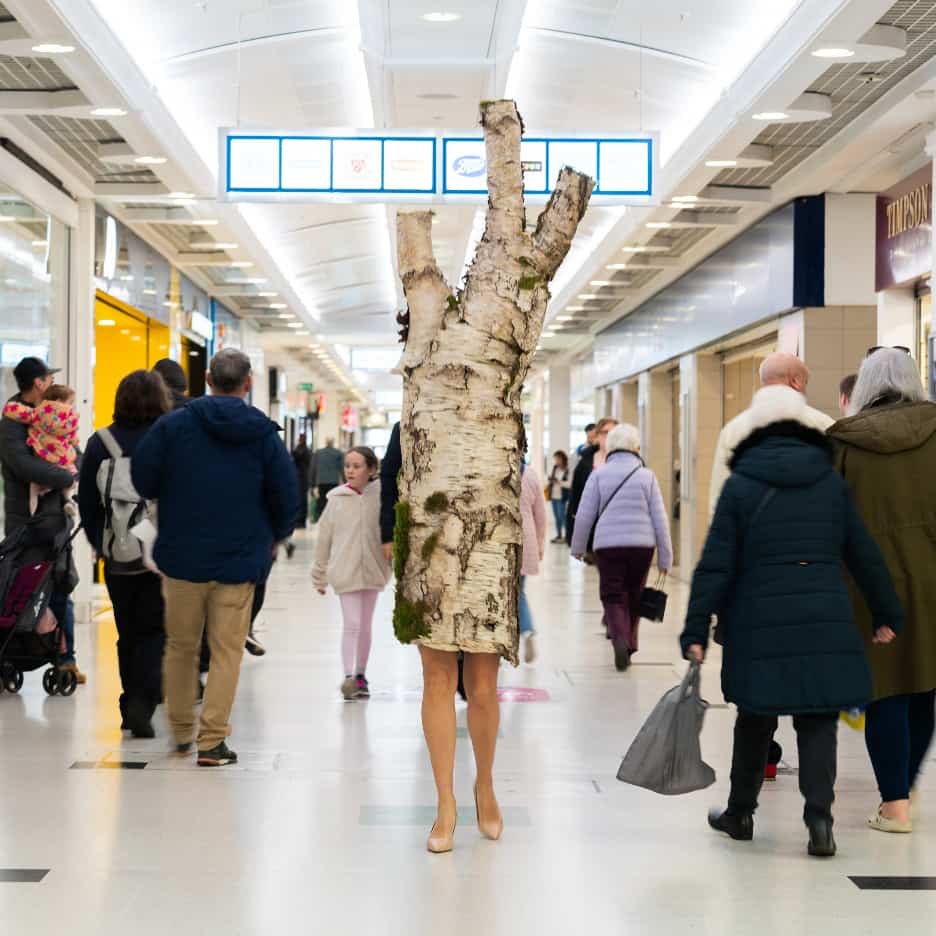
Olana Light, The Birch Tree Family, 2024
Events
Middlesbrough Art Week
Tom Jeffreys
The event makes use of many alternative spaces. It means that shoppers hunting fast fashion can also discuss mass species loss via Amy Dover’s drawing, or those having their mobile phone repaired can relax on a deck chair and watch Kyriaki Goni’s video in which a personified algorithm explains the systemic biases and catastrophic climatic effects of artificial intelligence.
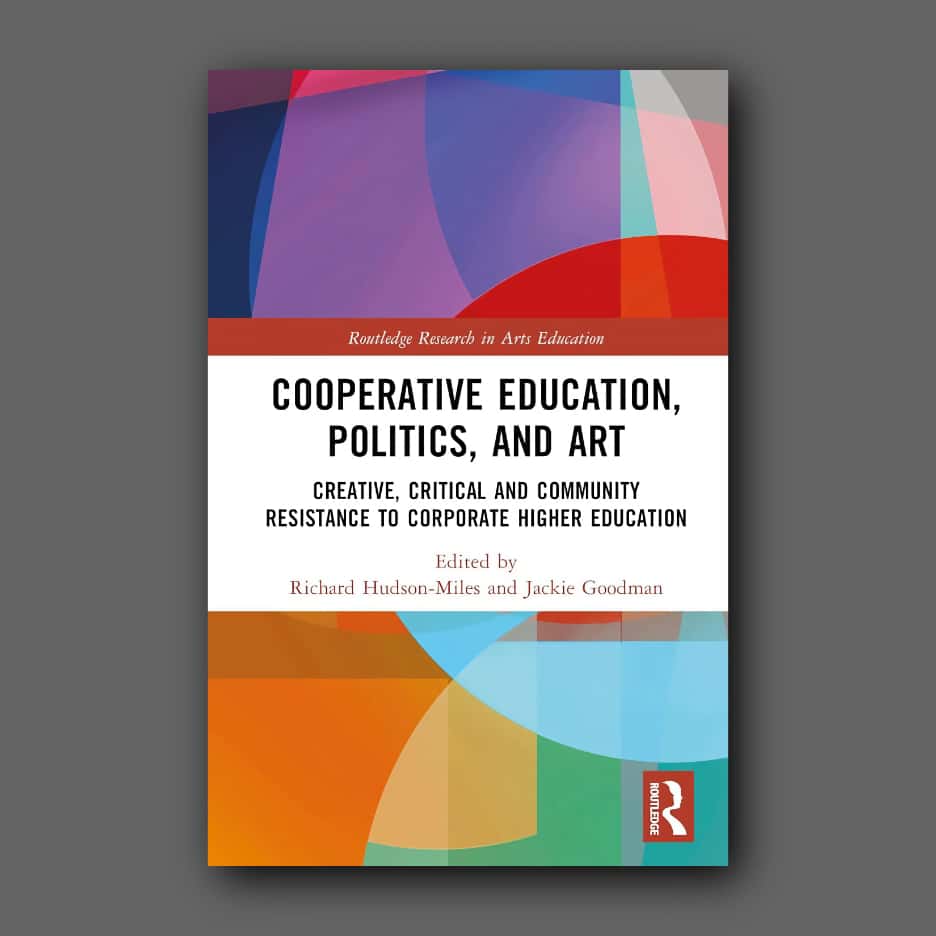
Co-operative Education, Politics, and Art cover
Books
Co-operative Education, Politics, and Art: Creative, Critical, and Community Resistance to Corporate Higher Education
Natalie Bradbury
What unites these alternative courses is a clear belief in the social purpose of art. Common across the contributors is an interest in the place of art in everyday life, the role of art education in teaching skills such as criticism (or ‘crap detection’) and a responsibility to respond to contemporary social challenges, from AI to climate change.
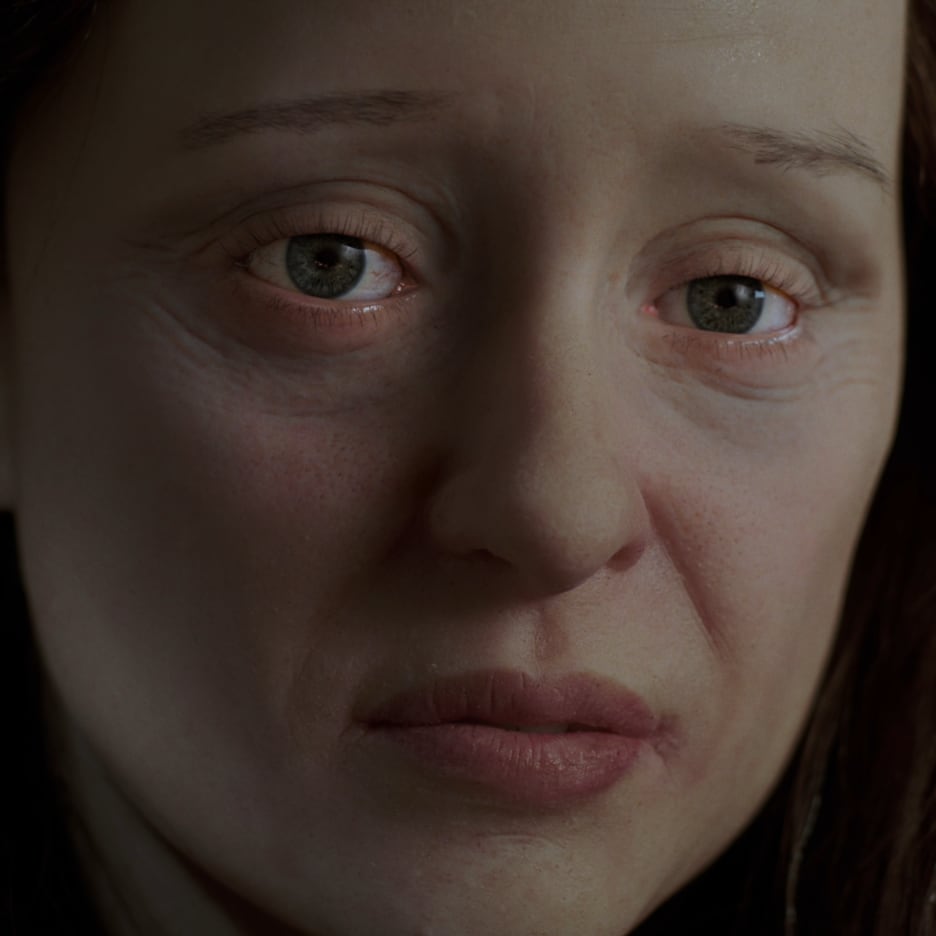
Diego Marcon, La Gola, 2024
Film
Diego Marcon: La Gola
Chris McCormack
Diego Marcon’s blending of the mechanical and the digital gives a queasy feeling of a life imprisoned inside the limits of flesh, as if the characters have awoken locked inside a body as coffin.
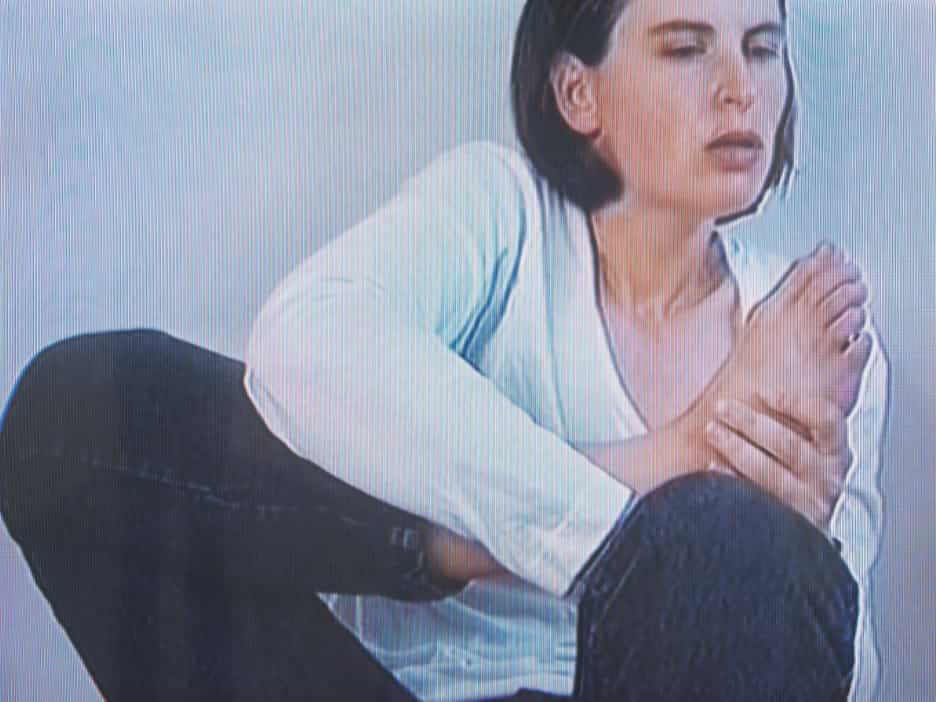
Jeane Dunning, The Toe Sucking Video, 1994
Reports
Letter from Vienna
Miriam Stoney
Vienna has always suffered from some form of malaise, at times bearing it with more dignity than at others. This malaise has often been ‘sublimated’, as Sigmund Freud termed it, through art forms that probe the visceral discomfort involved in ‘being’ – a body, a human, an Austrian or otherwise.
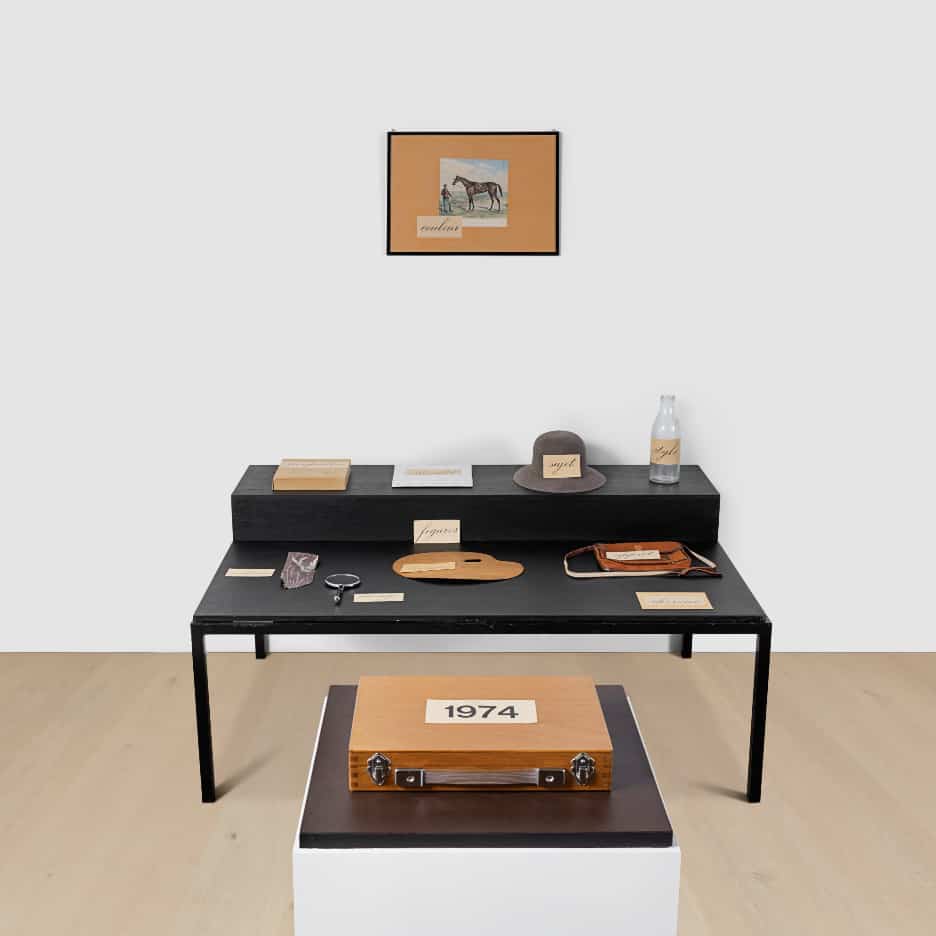
Marcel Broodthaers, Éloge du sujet, 1974 estimated at £80,000–120,000, sold for £381,000
Salerooms
Cutting the Mustard
Colin Gleadell
A rare assemblage of found objects arranged and labelled like a museum display by the Belgian conceptual artist Marcel Broodthaers sold for a triple-estimate £381,000. Conceptual Art has a back seat in the market behind Minimalism, Pop Art etc and great examples are usually the terrain of museums.
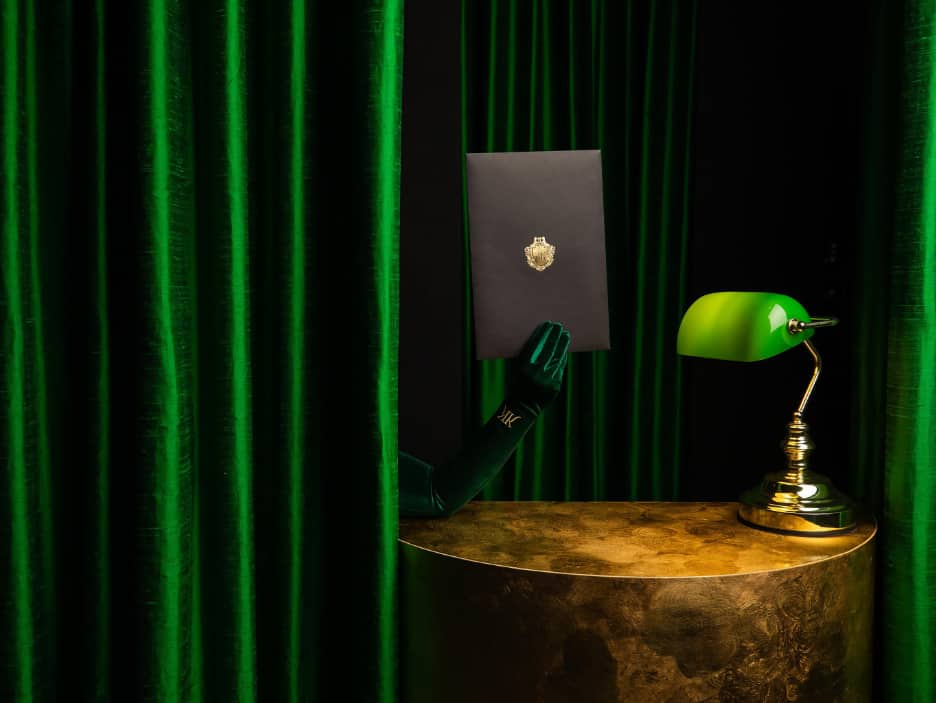
Kirsha Kaechele, Ladies Lounge, 2020
Artlaw
Ladies Lounge
Henry Lydiate
A key aspect of the legal and artistic circumstances of the case, as submitted to the court by the artist’s lawyer, was the ‘participatory element of allowing women and denying men … who are experiencing Ladies Lounge: their experience of rejection is the artwork … they experience the artwork differently than women, but men are certainly experiencing the artwork as it’s intended’.

